Be careful where you hunt, for the animals are not always what they seem.
Much like the ubiquitous
humans, the
sapient species known
commonly as shapeshifters are spread throughout the world of
Etrea, comprised of many different cultures and beliefs. From the isolationist clans of
the Frozen North to the individuals who have integrated fully into human society, all shapeshifters have one thing in common: the ability to
shift - or transform - into another species. The nature of that other species is believed to be genetic, passed down through the
matrilineal line.
Characteristics
Anatomy
Natal Form
In their natal form, shapeshifters are virtually indistinguishable from
humans, with little variation in their average stature. Like humans, shapeshifters are bipedal, upright-walking primates, their bodies consisting of a head, a neck, a torso, two arms, and two legs. On their hands they possess opposable thumbs, which allows for the grasping of objects and the use of both simple and complex tools.
Like other sapient species, shapeshifters have large complex brains with a well-developed pre-frontal cortex. This allows for greater cognitive function, such as the ability for introspection, imagination, and self-awareness. At the base of their skulls, under their brains, they have an organ known as the
altus, which allows for the conversion of energy and magic. Post-mortem comparisons between a variety of human and shapeshifter altus showed that shapershifter altus tend to be slightly larger, with more connections to the brain. This is theorised to be because of their innate ability to
shift.
Alternate Names
Shifters, Skinchangers, Beastkin, Beastfolk
Lifespan
70 to 80 years
Average Height
The average height for a shapeshifter male is 5' 9". The average height for a shapeshifter female is 5'6".
Average Weight
The average weight for a shapeshifter male is 170lb. The average weight for a shapeshifter female is 140lb.
Shapeshifters have two distinct sexes, male and female. On average, adult male shapeshifters are taller and heavier than females, with broader shoulders and narrower hips. Males are also able to grow hair on their face as well on their heads, and tend to have thicker body hair, particularly on their chest. Male reproductive organs are external to the body, consisting of a penis and a pair of testicles. Female reproductive organs are mostly internal, comprising of a uterus and two ovaries. Adult females also have prominent breasts, although both sexes have nipples.
Shifted Form
Each shapeshifter can shift into one other species, determined before birth by the matrilineal line. For example, if the father shifts into a horse and the mother shifts into a deer, any resulting child would shift into a deer as well. Despite prolonged studies, academics have found no exceptions.
The vast majority of shapeshifters shift into another mammal, though a few isolated groups can shift into birds. Though myths exist of those who can shift into reptiles or fish, no evidence has been discovered to corroborate these tales. Whilst some scholars believe that avian shapeshifters - and therefore any other potential non-mammalian shapeshifters - should be categorised as a different species, that opinion is generally unpopular in academic circles.
Shapeshifters keep both their knowledge and memories when they shift, and are able to understand speech despite not being able to respond in kind. Unlike regular members of their secondary species, shapeshifters also retain the altus in this form, which can be used to identify a shapeshifter postmortem. Despite the presence of an altus, shapeshifters cannot use magic in their shifted form, with the exception being to transform back into their natal form.
Biological Variation
Shapeshifters can come in a variety of skin tones, from a pale that looks white in the right light to a deep dark brown. Skin tone varies based on geographic distribution, with paler-skinned individuals hailing from much colder areas than their darker-skinned counterparts.
Humans in the same area tend to be a similar colour, allowing shapeshifters to easily blend in. Some members of the species display
albinism, a
congenital condition leading to white skin regardless of location.
Like humans, the hair of shapeshifters can vary in thickness, texture, and colour. Hair texture can vary from wispy to coarse, and from curly to straight. Colours range from white-blonde to pure black, with a spectrum of blonds, browns and dull reds in between. Baldness, particularly age-related baldness, is slightly more prevalent in shapeshifters than in humans, and has no disparity between the sexes. Baldness does not carry over to a shapeshifter's animal form, although not enough research has been done to explain why. With age, the hair of shapeshifters tends to turn white or grey.
Shapeshifters share many of the same eye colours with their human relatives. Brown remains the most common eye colour, winning out over blue, green, or grey. These colours exist on a spectrum of light to dark. For example, one individual could have eyes that are an icy pale blue, whilst another has eyes of a deep sea blue. However, shapeshifters also have an eye colour unique to their species, which is yellow. Yellow eyes also exist on a spectrum of light to dark, from a bright gold to a rich amber. Rarely, shapeshifters are born with two different coloured eyes - for example, one brown and one blue - or eyes with a differently coloured ring around the pupil. This condition is known as heterochromia. Notably, the eyes are the only feature that change very little when a shapeshifter shifts, always remaining the same colour as in their humanoid form.
There is evidence that some populations of shapeshifters have evolved differently due to external factors, in particular geographical location and climate. Shapeshifters that live at a high altitude - especially avian shapeshifters - tend to have a larger lung capacity than those that live at sea level to make up for the thinner air. Those that live in hot countries tend to be taller and more slender, whilst those in colder climates lean towards shorter and stockier, with more body hair.
Genetic Compatibility
The four sapient species of
Etrea are believed to all have evolved from a single genetic ancestor, known to scholars as the
allkin. This theory has been strengthened over the years by the discovery of bone fragments and artefacts, as well as a single frozen, mummified corpse referred to by researchers as '
Mother'. Due to this shared ancestor, there is a certain amount of interbreeding that is possible between the four species, though some pairings are much more successful than others.
With
humans, shapeshifters can produce viable offspring. However, there is quite a high chance of early miscarriage or congenital abnormalities, especially with a human mother and a shapeshifter father. Only one in ten children born to a shapeshifter mother in these relationships will inherit the ability to
shift, which has led to relationships with humans being frowned upon in many shapeshifter societies.
Shapeshifters and
dragons have the highest chance of successful interbreeding; the likelihood of early miscarriage or congenital abnormalities for this pairing are on par with those of a one-species relationship. Seventy percent of children born to a shapeshifter mother inherit the ability to shift. In contrast, a child of a dragon mother and a shapeshifter father only has a five percent chance to inherit their mother's draconic nature, which has led to this union becoming taboo or outright forbidden in many dragon cultures.
Shapeshifters cannot reproduce with
merfolk, although some have been known to enjoy mutually pleasurable sexual relationships. Merfolk branched away from the allkin much earlier in Etrea's timeline and, as such, their reproductive organs are generally not compatible with those of shapeshifters. Whilst some variants of merfolk have much more humanlike genitalia than others, all unions between shapeshifters and merfolk are non-productive.
Sensory Capabilities
Much like
humans, shapeshifters have six recognised major senses: sight, touch, taste, smell, hearing, and balance. Depending on the species a shapeshifter can shift into, these senses can either be enhanced or dulled by the transformation. For example, a shapeshifter who can shift into a
dog will gain an enhanced sense of smell and hearing, but lose the ability to see certain colours.
In their natal form, the sensory capabilities of shapeshifters do not differ that much from their human counterparts. They can see the full spectrum of colours that humans can, and share similar ranges in vision, taste, balance, and touch. However, research undertaken by the
Royal University in
Kaien has indicated that shapeshifters have a stronger sense of smell than humans, and are also able to hear sounds at both a higher and lower frequency.
Magical Abilities
Close your eyes. Feel the breath of the wind, the heartbeat of the earth, the cool water rushing between - Arlen, concentrate. Take a deep slow breath. Good. Focus on the surroundings, and then turn that focus inside of yourself. Become aware of the other you.— A father to his son
All full-blooded shapeshifters have the ability to
shift into another species. While this is considered
magical by other sapient species -
humans in particular - shapeshifters generally do not categorise it as such. To them, shifting is an innate part of who they are as a species. Whilst some scholars point to a shapeshifter's enlarged
altus as evidence that shifting is indeed magic, others disregard shifting when writing about the incidence of magic in the shapeshifter population.
If shifting is taken out of the equation, about thirty percent of shapeshifters display some form of magical ability. Shapeshifter magic tends to be elemental in nature, though this depends heavily on cultural or geographical influences. The ability to manipulate
fire, for example, is rare amongst shapeshifters who live in dry
grasslands or deep
forests. Other common magical abilities include curative or
analgesic talents, as well as divination.
Like any sapient species in
Etrea, however, shapeshifters would be able to utilise any form of magic if they were to open their minds to it. Magic, after all, is merely the manipulation of energy. The late
Kaienese scholar,
Magnus Woolery, hypothesised that all members of all sapient species would be able to use any form of magic if they were correctly trained. He believed the incidence of magic often cited by scholars is actually the percentage of those who have inherent talent.
Shapeshifting
No matter where one's opinion falls in regards to semantics,
shapeshifting uses the same mechanisms as any other
magical ability. The altus takes in and converts energy, which is then used to mutate the body's cells and allow the shapeshifter to change form. Shapeshifting is generally a deliberate act, though it can also happen unintentionally in times of great emotional distress. Young children who are still learning control are also prone to accidental change, though this becomes rare by the age of about seven or eight.
Shapeshifters can remain in their shifted form indefinitely, it being just as comfortable as their natal form. Notably, they do not transform back if they die whilst shifted. However, with each day they remain shifted past about day ten, the risk of
becoming wild grows. Becoming wild is what it is called when shapeshifters completely lose their grip on their natal form and embrace their shifted form. They can slowly lose their sapience and become unable to transform back. If caught in the early stages, this - thankfully rare - condition can be reversed.
Life Stages
Before Birth
The pregnancy of a shapeshifter lasts for about
ten months, during which time hormones in the body suppress the ability to
shift. This is often used as an early indicator of pregnancy in shifter communities where shifting is commonplace, whereas those who live covertly amongst
humans might not be aware for several months. One of the more common and notable signs is the cessation of menstruation.
Shapeshifters generally give birth to one offspring at a time, though they are more likely than other sapient species to have a multiple birth. Twins, for example, occur about once every three hundred births. Any pregnancy with more than three foetuses is unlikely to survive to full term, and even twins and triplets carry a much higher risk than a singleton pregnancy.
The process of childbirth itself also carries a high risk to both mother and child, with the death of one or both occuring in about one in two hundred births. This can almost double in more remote communities, where access to healthcare is limited.
Infancy
For the first year or so of their life, shapeshifters are helpless and completely reliant on their parents. Their eyesight is poor for the first few months, so they rely on both sound and scent to recognise their parents or caregivers. Communication is chiefly achieved via crying, with parents learning to differentiate between cries for needs such as hunger and discomfort.
An infant's head is large in proportion to their body, accounting for a quarter of total body length whereas an adult's head accounts for only one seventh. At birth, an infant's skull has not fully converted to bone, leaving several softer spots known as fontanelles. These fontanelles are generally fully
ossified by eighteen months of age.
Like all mammals, shapeshifter infants survive solely on
milk at first. Generally, they are breastfed by their mother or another female caregiver, though some are fed with bottles full of milk from another mammal, such as a
goat. At around seven months of age, weaning begins, with different foods being slowly introduced to an infant's diet as teeth begin to grow.
Childhood
Childhood is the period between infancy and puberty, generally coming to an end around the ages of twelve or thirteen. It is a time of great growth and learning, with shapeshifter children physically growing taller and soaking up the knowledge and life skills they need to survive in
Etrea.
Shapeshifters experience their first
transformation at around the age of three, a little earlier than the closely-related
dragons. It takes several years for the young shapeshifter to gain control over this ability, though most children are able to shift at will by about age seven. The earliest transformations are always triggered by high emotions or great distress, so a child having a tantrum can quickly become an upset ball of fur and claws. Uncontrolled emotional shifts may continue into adulthood, though children are often taught techniques to remain calm as a matter of priority.
In most societies, children have much less responsibility than adults, with their time focused on learning and play. This lower standard of responsibility often means that the parents or caregivers take on the consequences of the child's actions. Children also tend to have less rights, often unable to take part in decisions about their own care or how society is run.
Adolescence
Adolescence begins with the onset of puberty, where an increase in the production of hormones leads to changes in a shapeshifter's growing body. Body hair begins to sprout on the legs, underarms, groin, and, for males, on the face. Bones grow and shift, and body fat and muscles are redistributed, changing the androgynous body of the child into the sexually dimorphic body of an adult. In females, breasts develop, hips widen, and
menstruation begins. In males, the voice deepens, shoulders broaden, and the genitals grow.
The adolescent years are often considered to be the most dangerous of a shapeshifter's life. At this point in life, the part of the brain responsible for reasoning is not fully developed, leading to young shapeshifters taking risks without fully thinking through the consequences. Adolescent shapeshifters, testing boundaries and pushing for independence, generally spend much more time in their animal form than they will do at any other point in their life. This leads them to have a greater risk of
becoming wild, a condition that eventually can prevent them from returning to their natal form entirely. At the same time,
this age is when a shapeshifter is expected to be taking on more responsibilities; in some cultures, they are even considered to be full adults.
Adulthood
Adulthood is the longest life stage for shapeshifters, beginning when one is sexually mature and ending when the body or mind begins to deteriorate with age. The exact moments this stage starts and ends varies from shapeshifter to shapeshifter and, more notably, culture to culture. In many societies, sexual maturity is not the only mark of adulthood, and a shapeshifter must reach a certain age or hit a certain cultural milestone to be fully considered an adult.
In general, adult shapeshifters are the ones to give birth to and raise children, and it is at this stage of life that they are most suited to doing so. Elderly shapeshifter males are still fertile; though this diminishes with age, there does not seem to be an age at which fertility comes to a complete stop. The oldest male shapeshifter on record to father a child was over one hundred years old. Adolescent shapeshifters are also known to procreate, though the younger the mother the greater the risk of complications.
Older female shapeshifters experience the menopause, which is the ceasing of menstruation and the end of fertility. As this usually occurs between the ages of forty and fifty, most cultures see this as a sign of late adulthood rather than as an indicator of old age. This process generally takes about three years.
Elderhood
Elderhood is often seen as an extension of adulthood, with no defined age as to where it begins. Often, one of the first signs of aging is the hair beginning to turn grey, or to start to thin or fall out. As they age, shapeshifters are more likely to need help from their community, as their mobility often deteriorates. Senses such as eyesight and hearing begin to weaken, and the skin becomes more fragile and looser, causing visible wrinkles. This decline continues until something in the body, often the heart, can no longer work as intended, leading to a natural death.
Ecology
Habitat
Shapeshifters live all over the world of
Etrea, from its
Frozen North to the edges of its
dryest desert. For permanent settlements, it is necessary for there to be a source of fresh
water nearby, as well as a sustainable source of food. This can be achieved through
agriculture,
hunting, or
fishing, for example. Only a small amount of shapeshifters live in any of the large cities of Etrea, with most preferring smaller, more rural communities. For nomadic peoples, both food and water become a constant driving force, dictating when and where they travel.
Although shapeshifters are a highly adaptable species, they are not able to survive unaided in more extreme conditions; they are, however, better equipped to handle the extremes of temperature than
humans or
merfolk. Like with other sapient species, specialised tools, equipment, and protective clothing enable shapeshifters to explore, research, and even live in some of the more hostile areas of Etrea.
In terms of global population, shapeshifters rank third of the sapient species, with humans outnumbering them at least several thousand to one. It has been difficult to come up with an accurate estimation of numbers, however, as many shapeshifter communities are secretive and prefer isolation.
Diet
Shapeshifters are omnivorous, eating a variety of foods including
meat,
fish,
fungi, fruit, and nuts. Although there is archaeological evidence of shapeshifters cooking their meals with
fire for thousands of years, many shapeshifters have a much greater tolerance to raw meat than humans do. This is much more common amongst shapeshifters who shift into species that are categorised as carnivores. In particular, studies have shown that the stomachs of both shapeshifters and
dragons more effectively kill parasites commonly present in raw meat.
Behaviour
Social Structure
Shapeshifters are highly social creatures; intense and prolonged isolation has been proven by
research to be incredibly detrimental to a shapeshifter's mental health. Whilst some shapeshifters are perfectly happy to get their socialisation from other sapient species, most prefer to solely seek the companionship of other shapeshifters. After
merfolk, shapeshifter societies tend to be the most homogenous; however, with merfolk their isolationist tendencies are often due to mere logistics.
Shapeshifter communities can range in size from a single family, where every member is related by blood, to a large settlement. There are currently no shapeshifter nations on
Etrea, though this was not always the case throughout its history. Some small groups of shapeshifters have integrated themselves into human society, though even there they tend to stick to their own kind. The largest group of shapeshifters in one place is in the
Aenican city of
Teht Krekawh, where avian shapeshifters have built a home unreachable to anyone without wings.
Most shapeshifters tend to pair up with the opposite sex, though this is mainly for reproductive purposes as many have the ability to be attracted to any and all genders. Polyamory is much more common in shapeshifter culture than in other sapient species, and in some cultures it is considered odd to have only one partner.
Communication
Like other sapient species, shapeshifters communicate through language, both spoken and written. Language is unique to the sapient species of Etrea, particularly in its ability to get across abstracts concepts such as time and imagination. Whilst other species communicate, they do so about concrete things happening in the present. Whilst in their second form, some shapeshifters also communicate in ways mimicking the species they have
transformed into. Some make use of scent marking, whilst others confer information via ear or tail movement.
There are many different languages used by shapeshifters across Etrea, differing across place and culture. Each language is made up of a number of phonemes, or sounds, which are put together in different ways to convey a near infinite amount of ideas. Most of these languages also have a written component, where each sound or concept is illustrated by a symbol or set of symbols. Written language allows communication across great distances, such as a letter sent across the sea, and even across time, such as a book written a century ago being able to be read by contemporary readers.
Body language, including hand gestures and facial expressions, are also an important part of shapeshifter communication. These help convey emotional information; a smile or a frown could drastically change the meaning of a spoken word. Different body language can mean different things from one culture to another. For example, in one culture, eye contact could be seen as aggressive, whereas in another it would be taken as a sign of deep respect.
Mythology
Shapeshifters feature prominently in
human mythology, especially in areas where the two species live in geographical proximity but do not intersect. Mythology about shapeshifters is full of misconceptions and half-truths, some of which shapeshifters themselves quietly encourage.
It is a commonly held
belief amongst humans that avian shapeshifters lay
eggs, with many claiming to have seen these eggs or to own a piece of shell. The
Royal Arcanum in
Kaien claims to hold an intact
shapeshifter egg in its archival collection, though even some of their scholars believe this to be an egg from some other large species of
bird. Avian shapeshifters, in fact, do not lay eggs; as stated, pregnancy hormones suppress the ability to
shift.
On the continent of
Sarsand, there are many tales of men transforming into
vicious beasts. These stories often cite a trigger for the transformation, such as the scent of blood or the sight of the full
moon. The shapeshifters in these myths are violent and bloodthirsty, killing people and livestock and carrying off children. These tales are so pervasive that in some remote villages no one goes outside after dark, lest they run across a beast. Adolescent shapeshifters often make use of these myths to scare humans, particularly on dark nights when they are bored.
Another common myth, told in different ways across Etrea, is that by stealing a shapeshifter's skin one can gain control over them. In these stories, shapeshifters leave behind their animal skin when changing, and if it is stolen they will not be able to change back. A slightly divergent version of this myth holds that a shapeshifter's skin holds the power of transformation, and by stealing it one can gain that power for themselves. This has, unfortunately, led to the murder of shapeshifters in the past.
The ability to change form is often believed to be some kind of dark
magic, which has often led to the persecution of shapeshifters in many countries. Some of the different ways shapeshifters are said to gain this ability include blood sacrifice, the summoning of dark entities, or cannibalism.


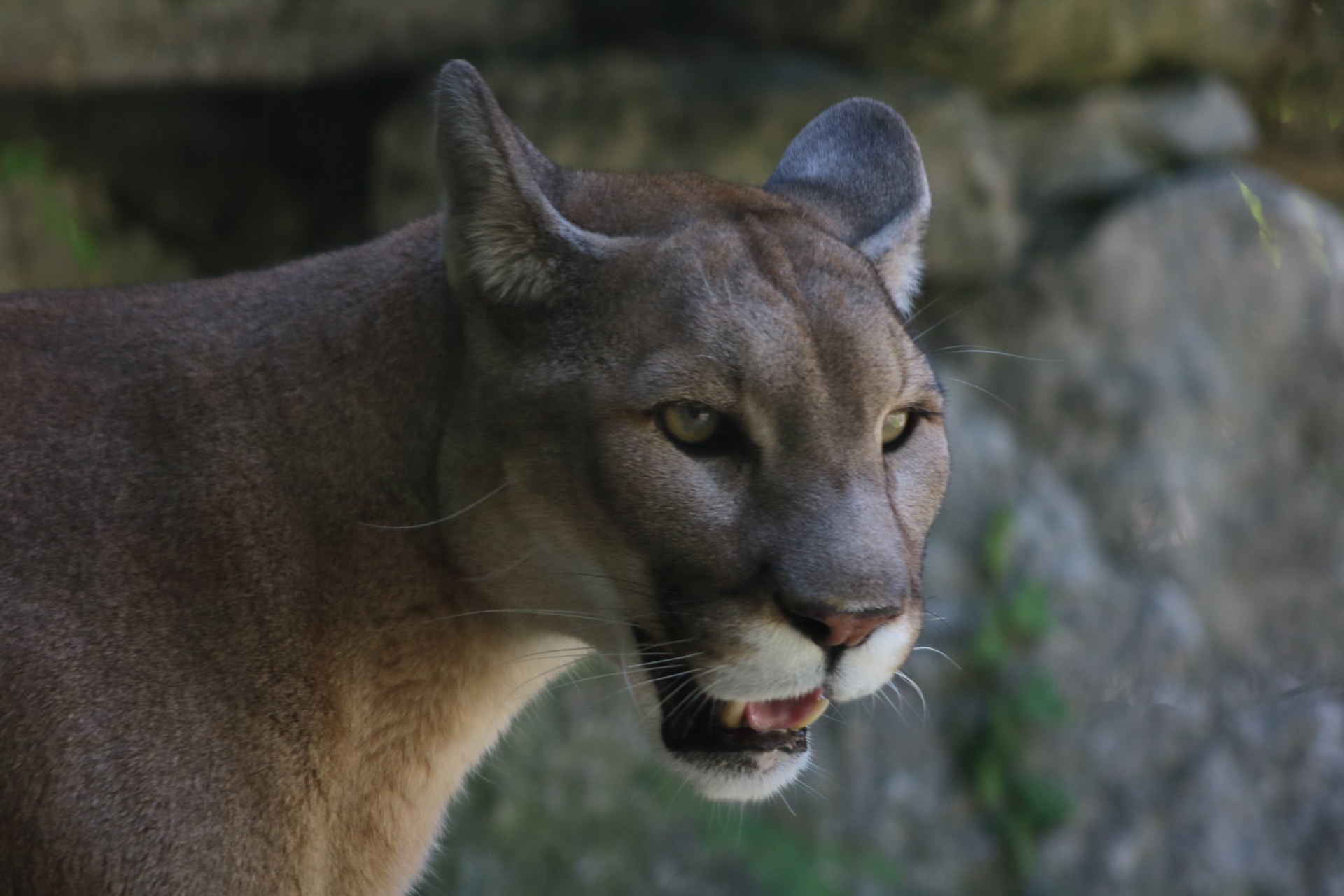
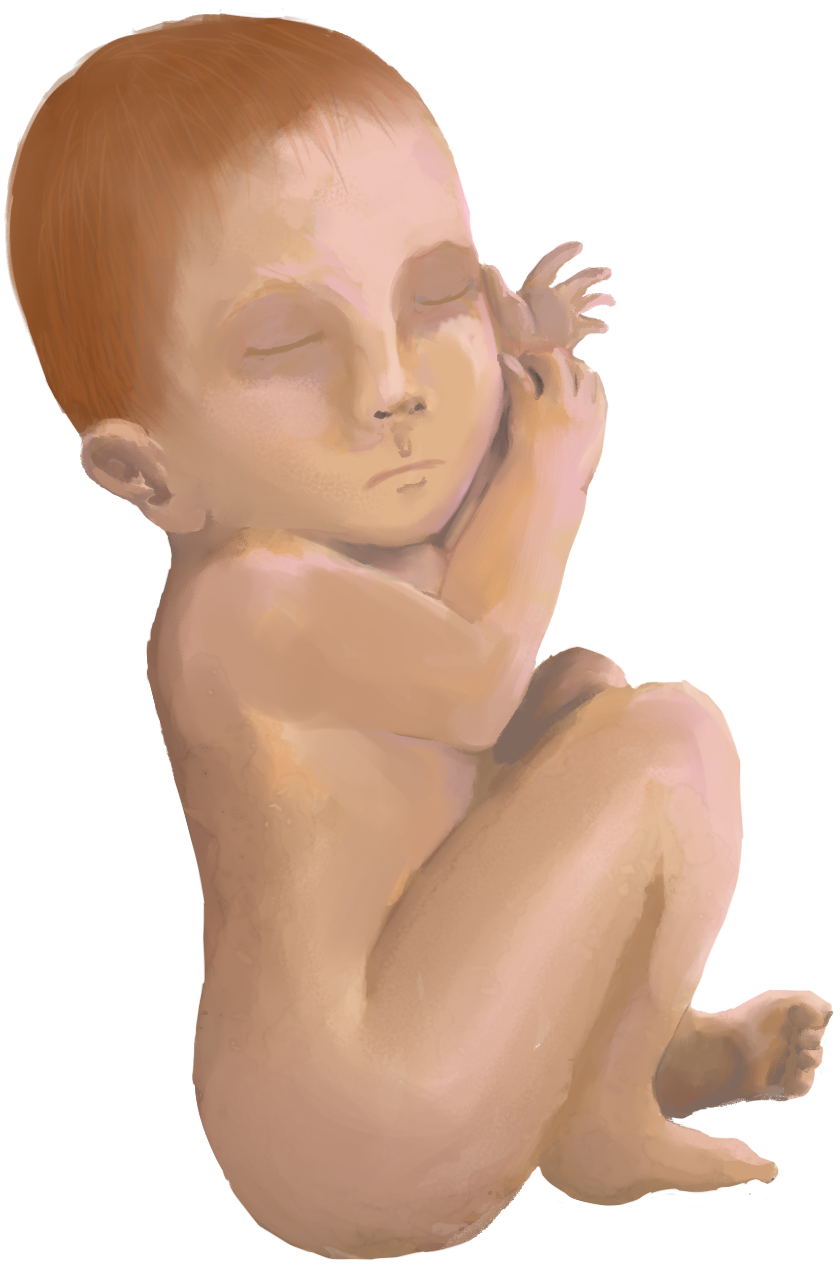
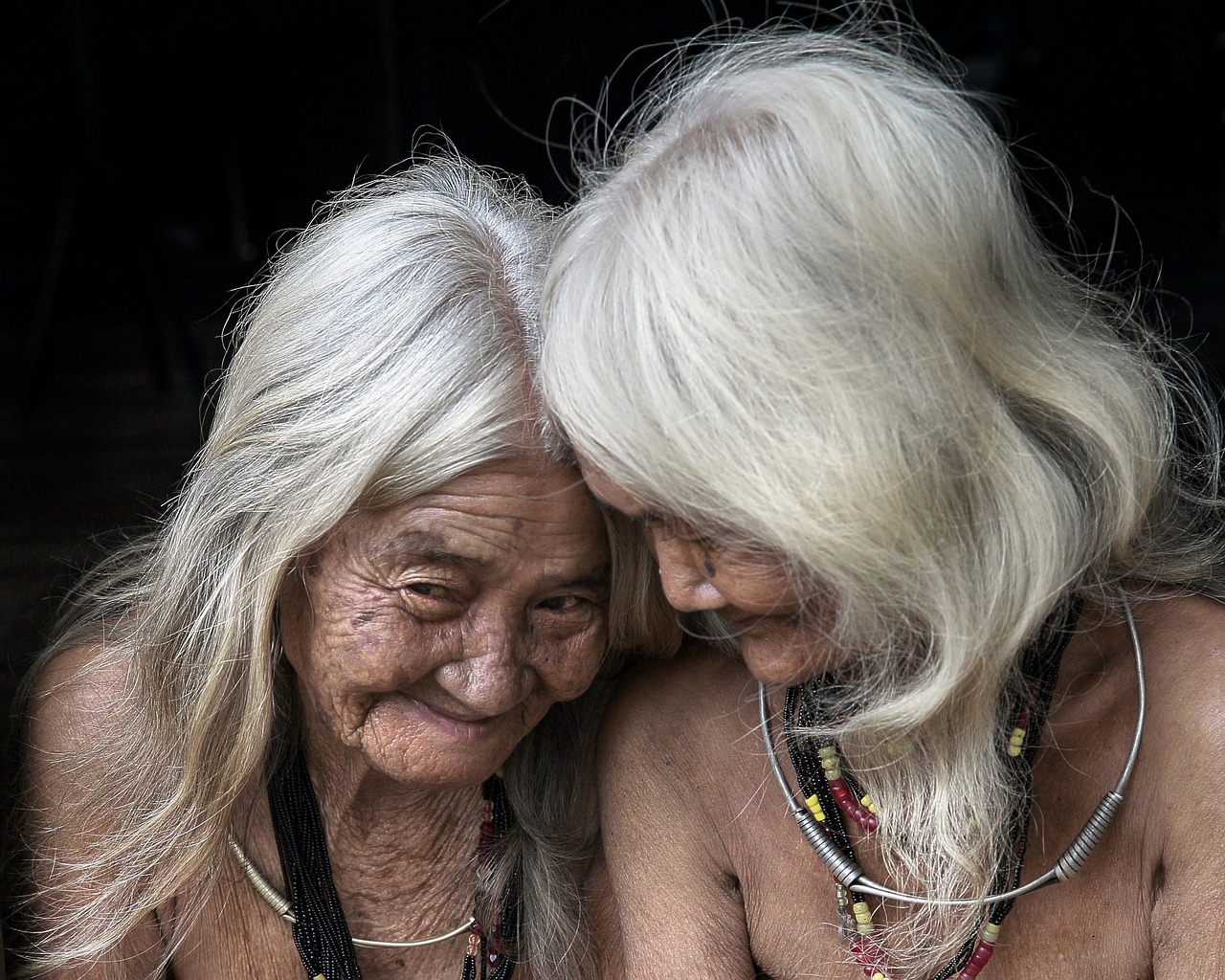
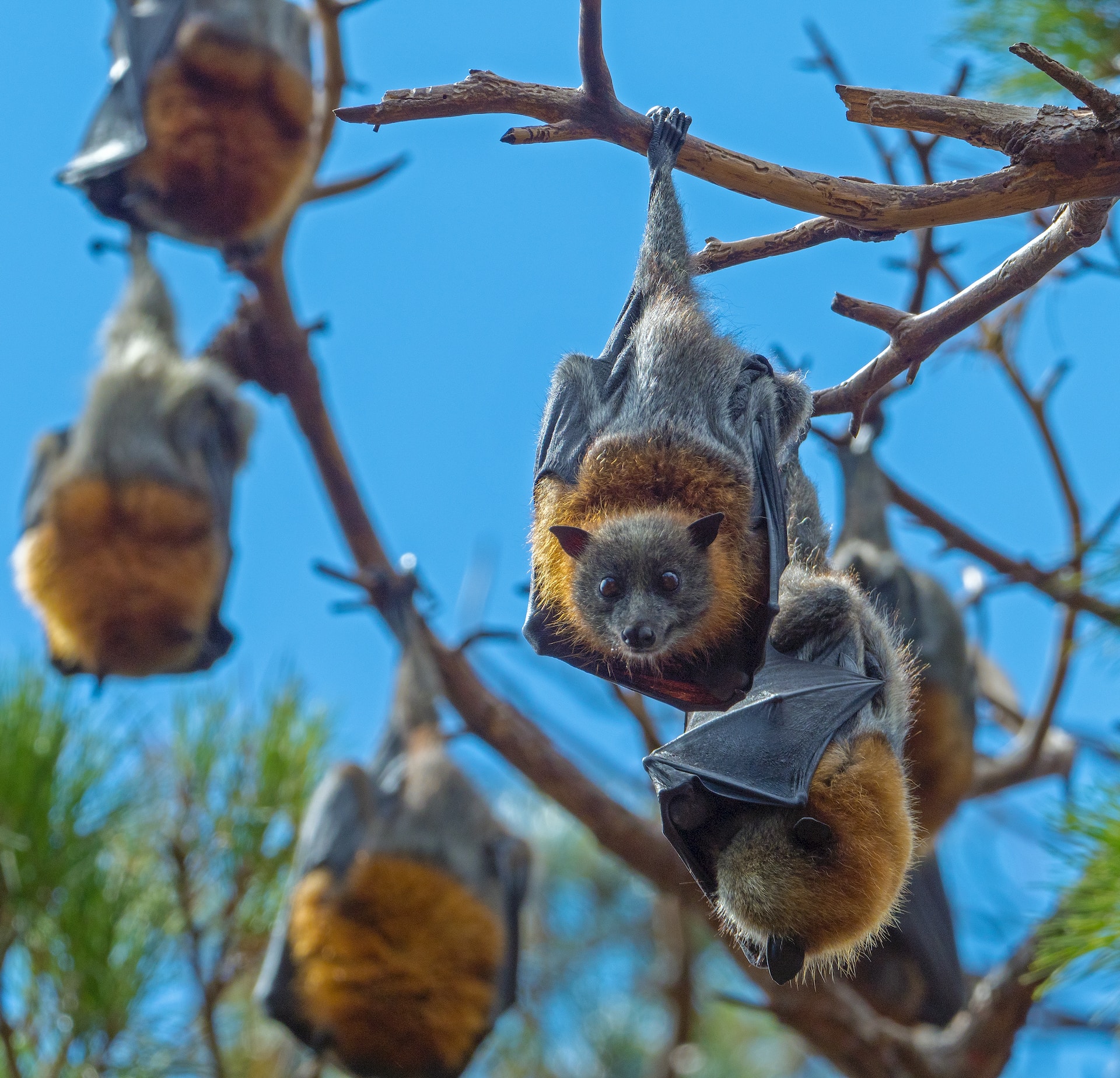

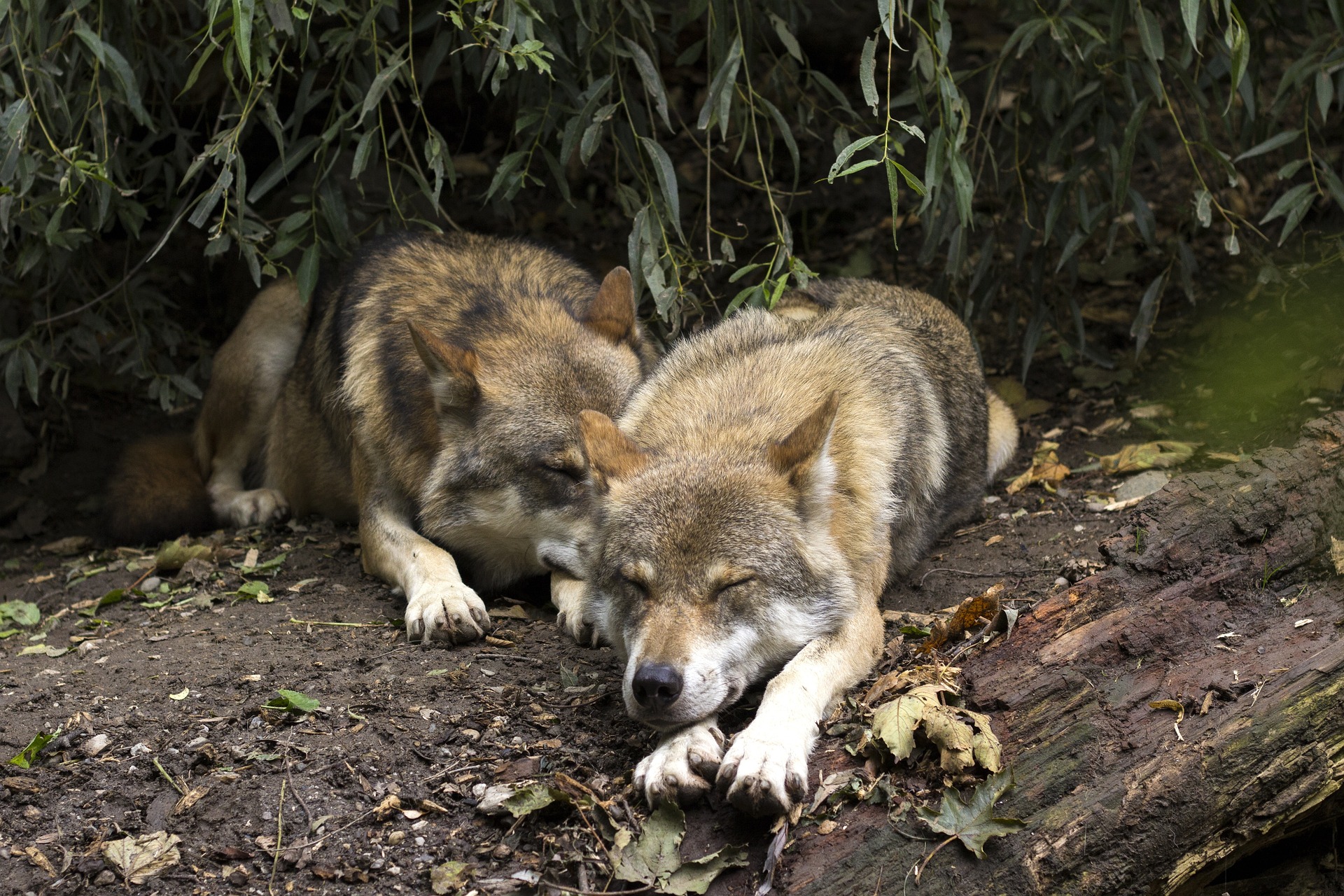
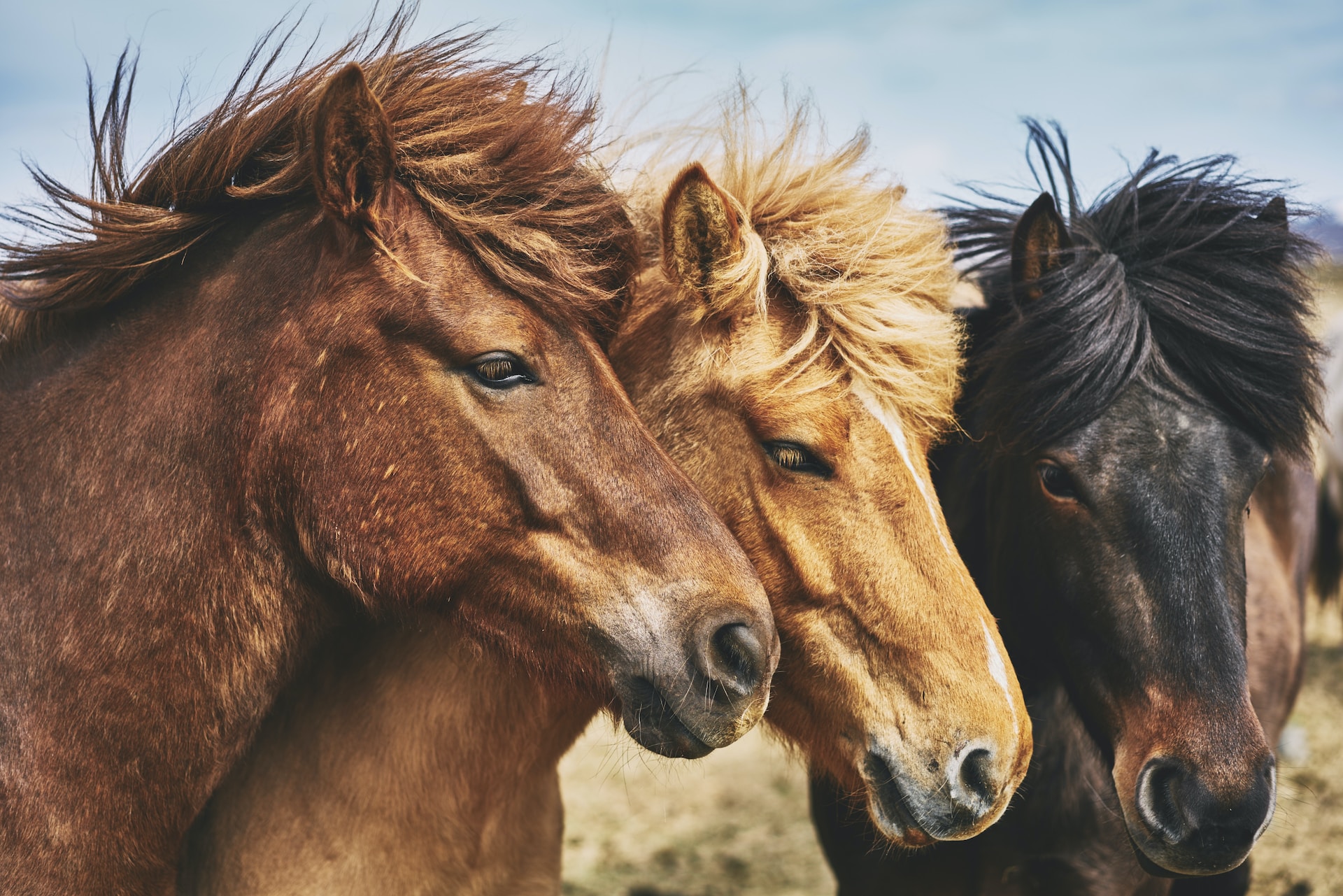
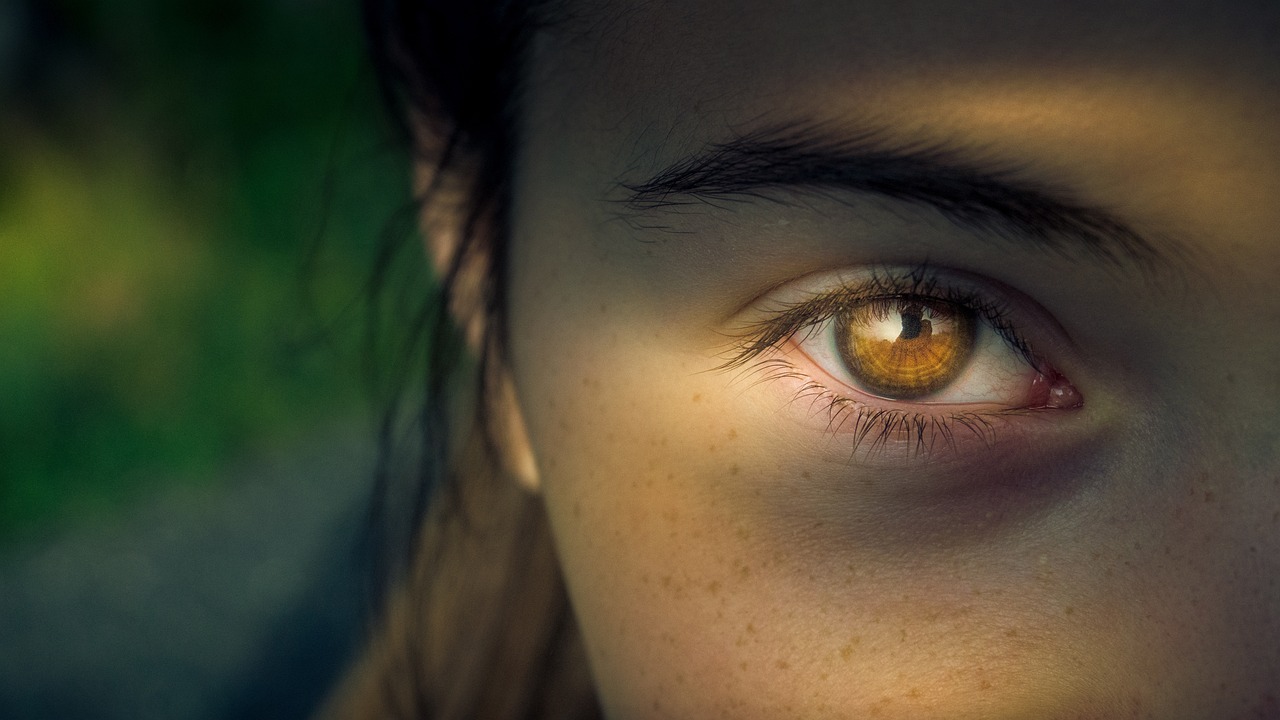
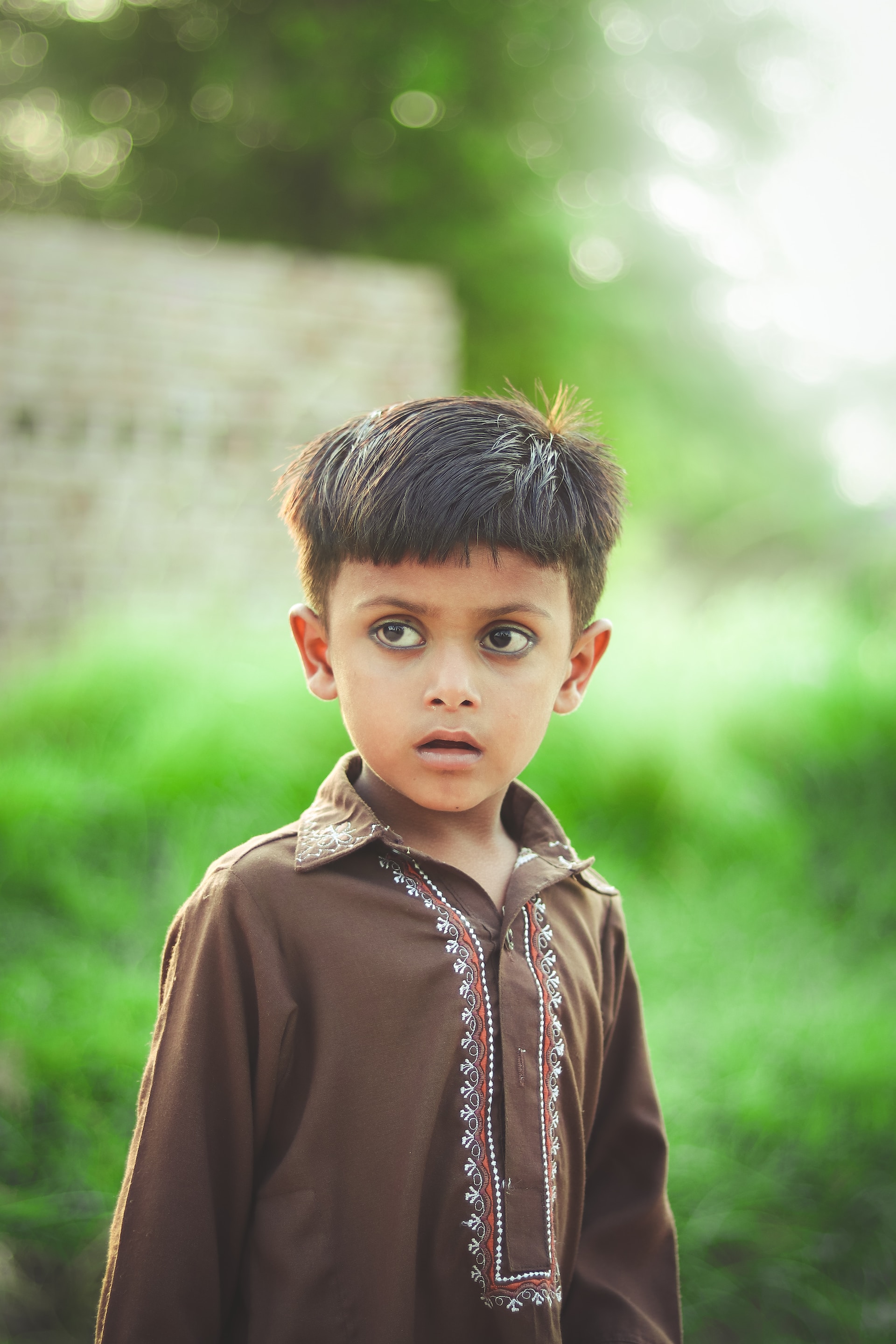
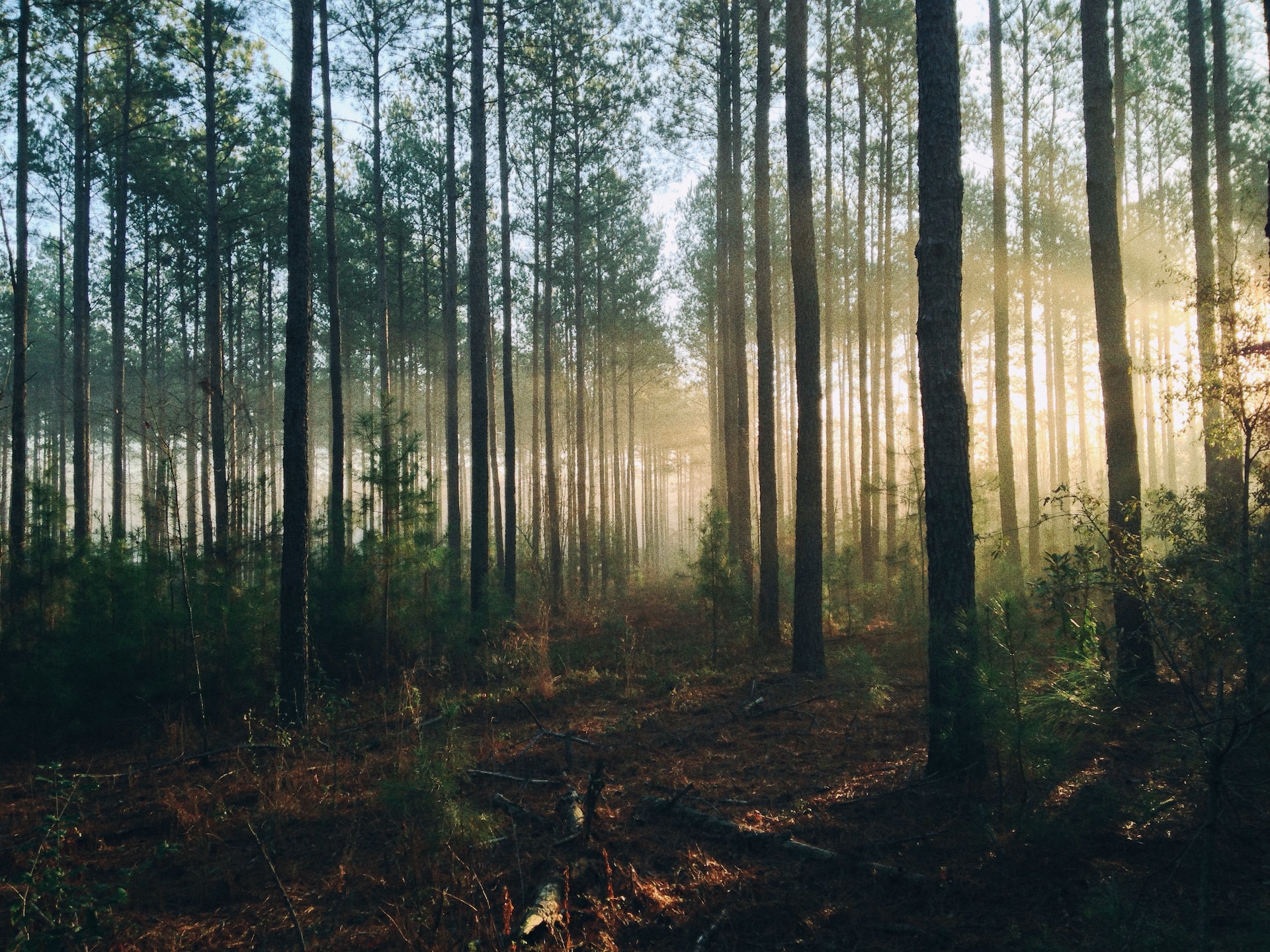
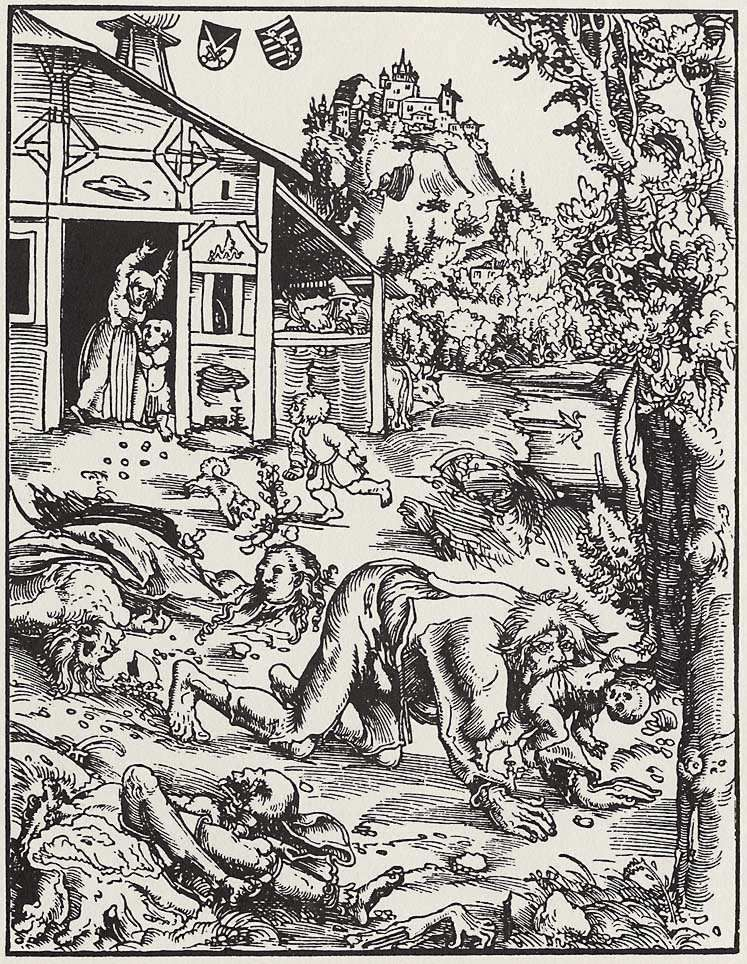

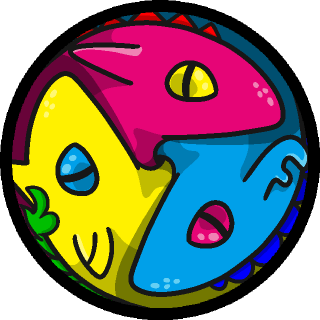


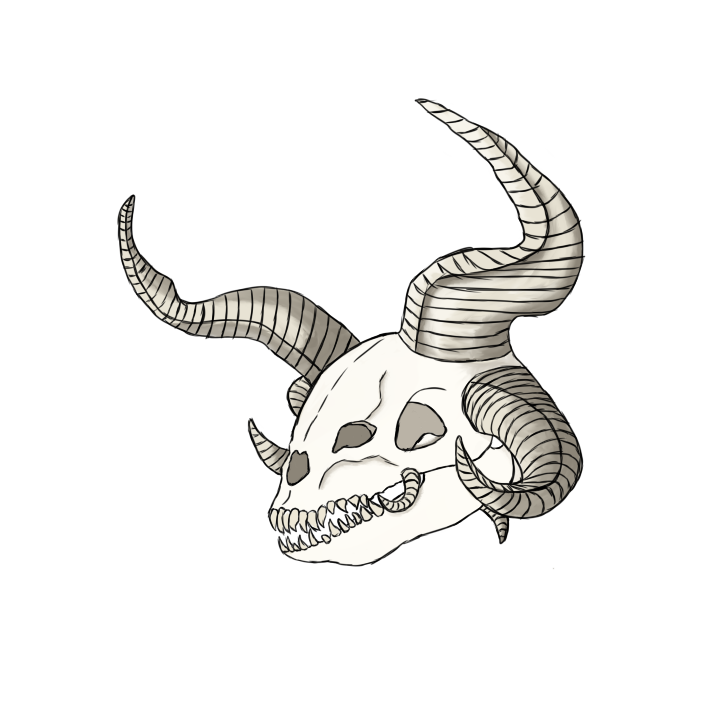
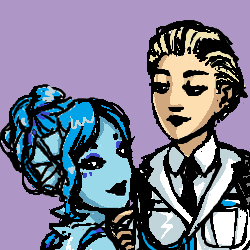


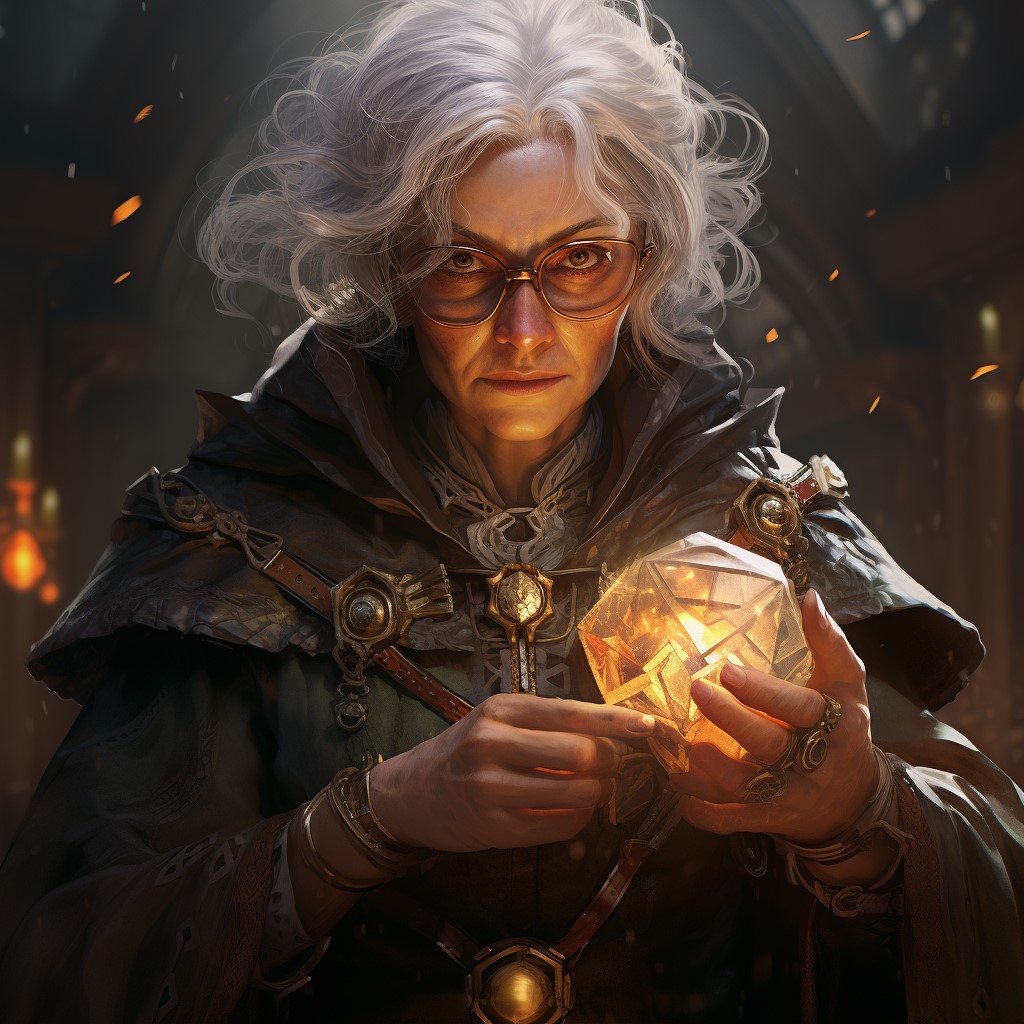





This is a well-written and beautifully detailed article. I love shapeshifters already, and I hope to meet them at some point in your books. I am so proud of you!
Necromancy is a Wholesome Science.
Thank you so much. Just three more species to go. :') I'm looking forward to being able to deep dive after all the basics are laid out.